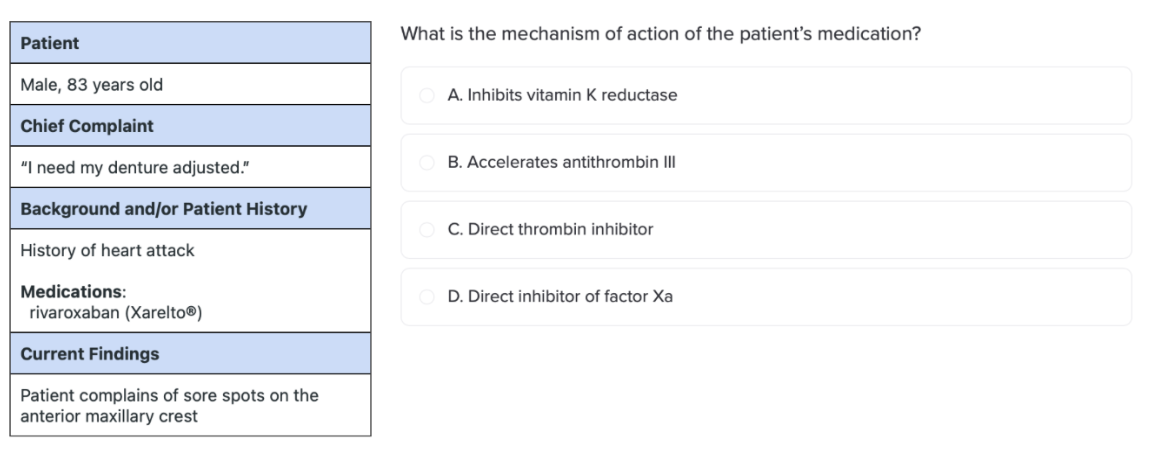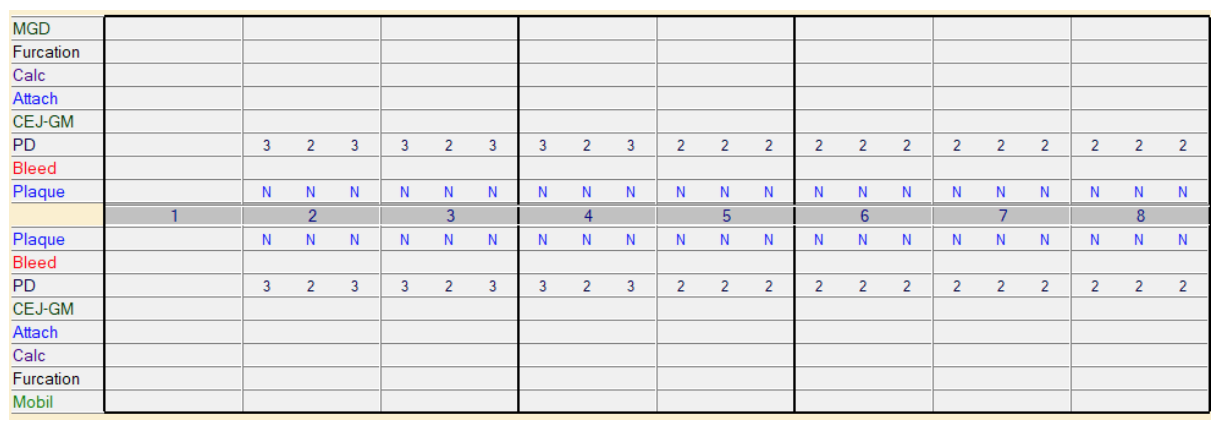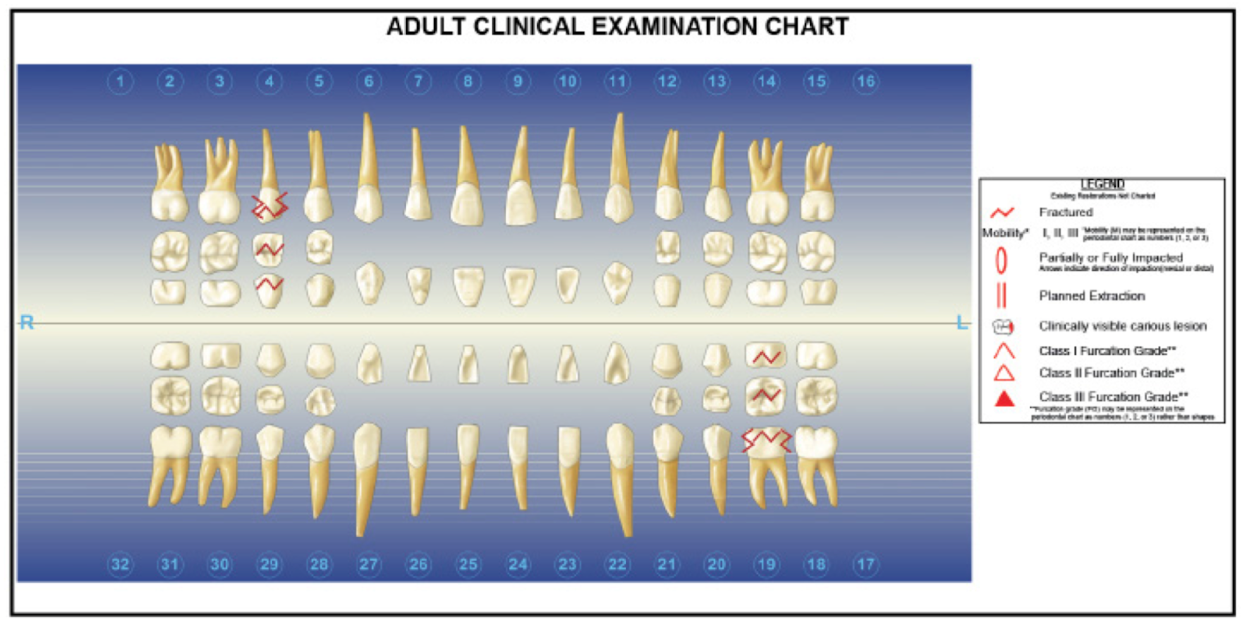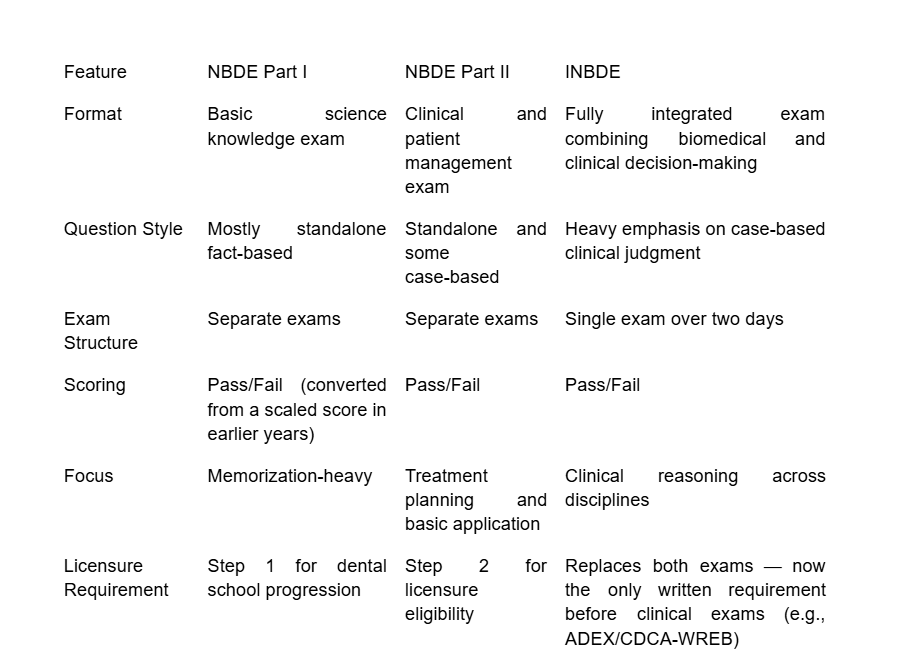The Integrated National Board Dental Examination (INBDE) is the national licensure exam required for dental students and international dentists seeking U.S. dental licensure. Unlike the former NBDE Part I and II exams, the INBDE combines biomedical and clinical content into one application-based assessment.
This guide provides a detailed overview of the INBDE format, question types, content distribution, and high-yield study strategies.
INBDE Format: Length, Timing, and Structure
The INBDE is a multiple-choice exam comprising 500 questions. The exam takes place over two days: the first day is eight hours (360 questions), and the second day is four hours (140 questions). Each day begins with an optional 15-minute tutorial, and the second day ends with an optional 15-minute survey.
Exam questions may have associated patient boxes or dental charts, and questions either standalone or are part of case sets.
The INBDE is administered over two consecutive days:

In total, the exam includes 500 items, delivered in a computer-based format at designated testing centers through Prometric.
INBDE Question Types: What to Expect
The INBDE primarily assesses clinical judgment through two main item formats:

Patient Boxes
Case-based questions make up a significant portion of the exam. Candidates must synthesize medical history, diagnostic findings, and treatment outcomes to select appropriate answers.
Most INBDE questions are accompanied by a patient box. The patient box introduces the patient’s chief complaint, medical history, medications, allergies, dental history, and current findings. The patient box often includes extraneous information that isn’t always relevant – you must determine the applicable information needed to correctly answer the question.

Dental Charts
Some INBDE questions are also accompanied by images or charting information. This includes radiographs, clinical photographs, periodontal charts, and odontograms. Sometimes these are needed to answer the question, and sometimes not (don’t assume because it’s there, it’s needed).
INBDE Pro-Tip: It can be overwhelming to see a question with a detailed patient box and multiple dental charts. Before looking through all of the supplemental information, it’s helpful to first look at the question being posed so it can direct you to the applicable information.
Here’s an example periodontal chart provided on the INBDE:

And an example odontogram:

Standalone questions
Questions are either standalone or are part of case sets. Standalone questions are independent of each other, meaning each question is unrelated to the next. On the INBDE, the first day consists of 360 questions. The first 300 of these are standalone questions. Standalone questions can still contain a patient box.
Case set questions
Case set questions are a series of questions that all focus on the same patient. Case set questions usually come with dental charts, such as periodontal charts, odontograms, radiographs, and clinical photographs. With all of this provided information, the INBDE can ask a number of associated questions. Our tip? Be very thorough. Use the questions to eliminate “least correct” answers from other questions.
What Content Is Covered on the INBDE?
The INBDE blueprint is divided into two key areas.
1. Foundation Knowledge Areas (Biomedical Sciences)
The foundational knowledge areas of the INBDE includes content traditionally tested in NBDE Part I:
- Anatomy and Physiology
- Microbiology and Immunology
- Biochemistry
- Pathology
- Pharmacology
2. Clinical Content Areas (Applied Dentistry)
The clinical content areas of the INBDE includes content traditionally tested in NBDE Part II:
- Operative Dentistry and Prosthodontics
- Oral Surgery and Pain Management
- Periodontics
- Orthodontics and Pediatric Dentistry
- Diagnosis and Treatment Planning
- Patient Management and Ethics
Unlike previous exams, the INBDE integrates these domains within clinical scenarios, emphasizing decision-making rather than isolated fact recall. This means you’ll have to parse scenarios in the exam and make decisions that a qualified dentist would be expected to make. This makes the test more accurate and situational, but in some ways more challenging than the old exam.
How the INBDE Is Scored
The INBDE is pass/fail. Candidates do not receive a numerical score.
A panel of subject matter experts defines the minimum competency standard, and a statistical model determines whether your performance meets or exceeds it. Results are typically reported within three to five weeks post-exam.
High-Yield Study Strategies for the INBDE
A successful INBDE preparation plan should include:
- Case-Based Practice
Focus on patient scenarios rather than isolated questions. - Integration of Biomedical and Clinical Subjects
Study pharmacology and pathology in the context of diagnosis and treatment. - Review of ADA Reference Materials
Official practice questions from the Joint Commission on National Dental Examinations (JCNDE) offer insight into real test structure. - Timed Mock Exams
Simulate full-length blocks to build stamina and pacing.
Consistent practice with realistic question formats is more valuable than passive reading alone.
INBDE vs. NBDE: Key Differences
For students familiar with the previous NBDE exams, the INBDE introduces major structural and content changes. The table below outlines how the integrated format differs from NBDE Part I and Part II.

What This Means for Current Candidates
- Less isolated recall, more clinical application. Instead of testing anatomy or pathology separately, the INBDE blends them into applied patient scenarios.
- You can’t “cram” subjects independently. Successful candidates tend to study using integrated question banks rather than traditional subject-by-subject review.
- Preparation must be scenario-based. The most effective INBDE study plans focus on how to think like a practitioner, not just memorizing charts or pathways.
Study with Bootcamp.com’s INBDE Prep
For candidates seeking structured preparation, Bootcamp.com offers a dedicated INBDE prep platform designed to mirror the exam format.
Bootcamp.com’s INBDE resources include:
- Case-based question banks modeled after real exam items
- Integrated biomedical and clinical explanations
- Full-length practice simulations
- Performance tracking across content areas
- Bite-sized Mental Dental videos updated for the latest INBDE material
You can start studying for the INBDE for free today.
Get everything you need in one place. Start studying today for free.
















